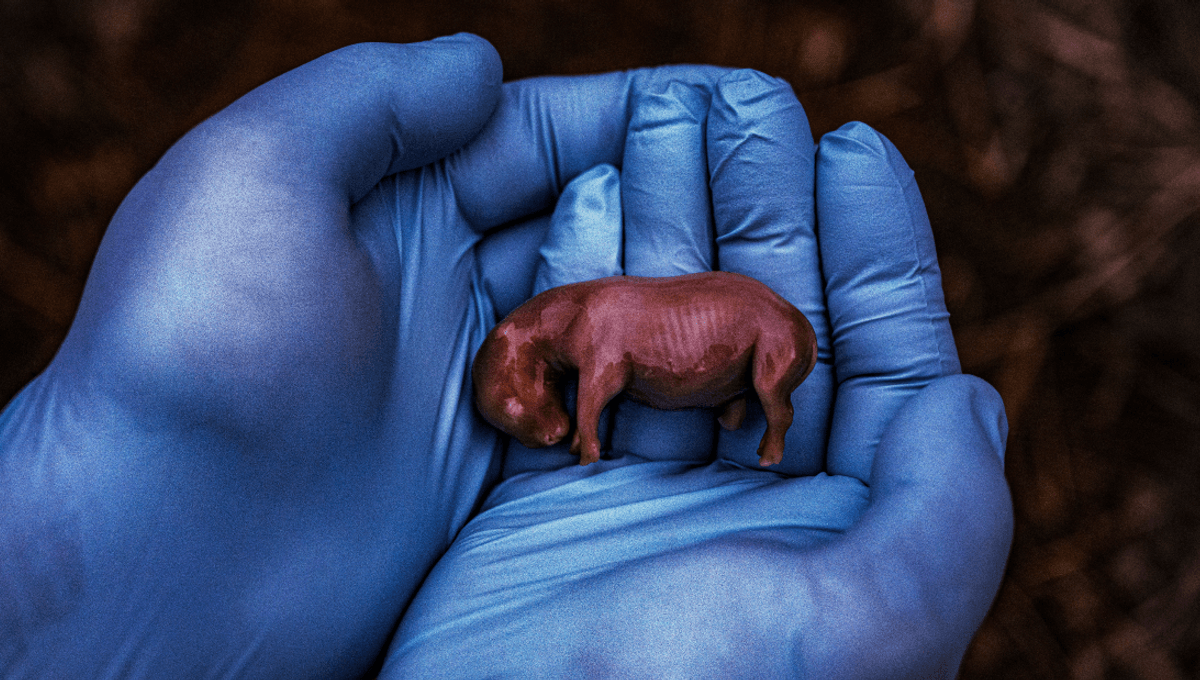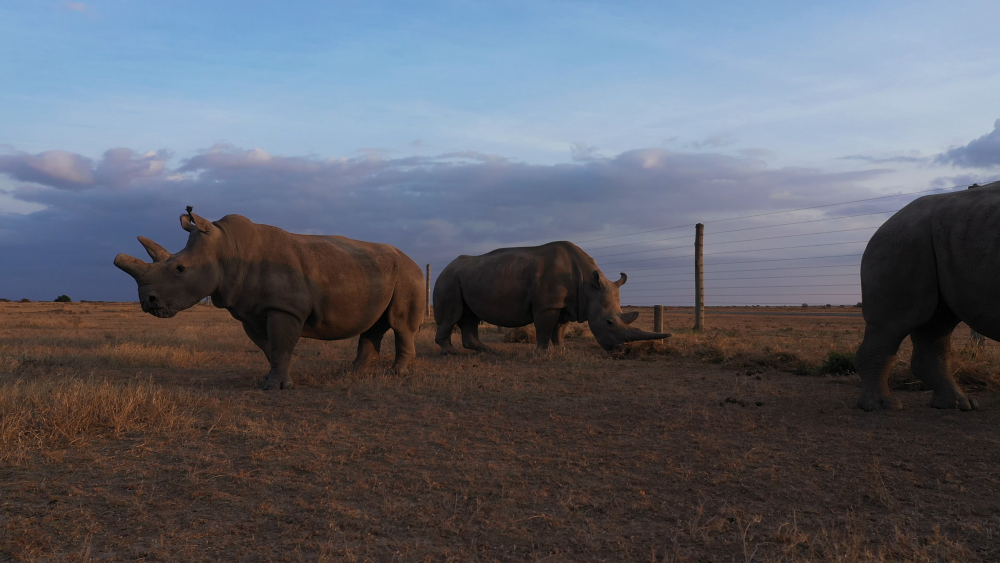-
Feed de Notícias
- EXPLORAR
-
Páginas
-
Blogs
-
Fóruns
Ancient Bacteria Resurrected By Heavy Rains Killed A World-First Attempt At Northern White Rhino IVF

When Heavy Rains Resurrected Mummies In Kenya, It Spread Bacteria That Can Live For 500 Years, Killing The Surrogate Of A Northern White Rhino
There are just two northern white rhinos left in the world. Najin and Fatu, a mother and daughter pair. They can’t continue the species on alone, but a world-first attempt was made to bring a new northern white rhino calf into the world using frozen samples, in vitro fertilization (IVF), and a surrogate southern white rhino.
The rest of this article is behind a paywall. Please sign in or subscribe to access the full content. That surrogate was called Curra, and the successful world-first attempt at this kind of cross-species IVF was achieved by BioRescue, an initiative developing advanced reproduction technologies for saving critically endangered mammals. Jan Stejskal, coordinator of the BioRescue project, was one of the people who had just landed in Kenya to check on the status of her pregnancy when they received a worrying call: Curra was sick, and it was happening fast. It was so fast that there was even hypothesis that it might have been bitten by a snake, like a black mamba Jan Stejskal They’d never get to check if she was pregnant, as she died within an hour of falling ill. The team would later learn that this was the devastating outcome of a chain of unfortunate events. First, there was the shift in El Niño, which caused very heavy rains. Then, those rains washed away the top layer of soil in Kenya, resurrecting mummies that had been stored in the ground for centuries. Inside those carcasses was Clostridia bacteria that can live for 500 years, and that bacteria releases an extremely powerful toxin that can kill a rhino in just 60 minutes. “It was so fast that there was even a hypothesis that it might have been bitten by a snake, like a black mamba,” Stejskal told IFLScience during an interview about new film The Last Rhinos: A New Hope. “The first thing was just to work out what we could do so that there were no other mortalities among the other rhinos. Immediately we vaccinated them, so it was a relief that no other rhino died.” Curra was a devastating loss for the team at BioRescue and even more so for the guardians who had cared for her and the other rhinos on the Ol Pejeta Conservancy in Kenya. There came, however, just one small glimmer of hope. During an autopsy, the team found a 66-day fetus. It was a male northern white rhino, the last seen since the death of Sudan in 2018. There was nothing that could be done to save Curra or the developing fetus inside her, but it was proof that this kind of IVF was possible. Something that had never been proven before. “I don’t want this to sound like it was something that was beneficial, but because we were able to have the embryo and take a tissue sample, we could actually take it to a lab in Europe and really see the DNA of that fetus,” said Stejskal. “The tragic moment actually allowed us to do a proper DNA test and to confirm 100 percent it was from the embryo transfer.” The team continues their work towards trying to achieve a successful pregnancy for a northern white rhino calf. Once that calf is born, we face a new challenge in working out how to reintroduce some of the genetic diversity that’s been lost as the species was driven to near-extinction, and this is where BioRescue has been collaborating with the Colossal Foundation. Fatu and Najin, the last two northern white rhinos, along with a Southern White Rhino, roam the grounds at Ol Pejeta Conservancy Image credit: National Geographic “When you experience such a huge reduction in your population like the northern white rhino has experienced, you lose a lot of genetic diversity,” Colossal’s Chief Animal Officer Matt James told IFLScience. “So, Colossal has teamed up with BioRescue to develop a technological pathway that'll allow us to explore historic northern white rhino population genetics so we can understand what the population was like before we lost 99 percent of it.” It's not only about the animals, it's also about the culture of the people who live in the areas where we hope the rhinos would return. Jan Stejskal “We can compare that to what exists in the two remaining northern white rhinos and the cell lines that have been banked, and then we can identify alleles that were lost over time. That could include genes that are responsible for very specific traits that might improve things like adaptability and disease resistance.” “Then we're creating gene editing targets so that we can begin to edit northern white rhino cell lines to help bring back those lost genetics. That means as BioRescue has success in restoring the northern white rhino and growing its population, Colossal can help address the genetic diversity of that growing population and ensure it's as diverse and healthy as possible.” As Stejskal told IFLScience, returning the northern white rhino to a stable population is going to be a matter of decades of work, not years, but if we can do it, there are lots of reasons why we should. “It was us, humans, who are behind their demise,” said Stejskal. “It was just demand for rhino, we killed them. So, there is space for the northern white rhino to live. It’s not like with some species where we don’t have a habitat for them; there is plenty of habitat for northern white rhinos. So, if we stop killing them, and we have at our fingertips the techniques that can help us to save them, I believe that we should.” “I visited South Sudan, and I would say that the northern white rhino has even cultural value for people that live there,” said Stejskal. “For perhaps centuries, there were rhinos around them, and now they do not have them. If you go to South Sudan, you actually see people who are employed in a state conservation agency, and they have badges with rhinos, but there are no rhinos in the country. So, I would say, it's not only about the animals, it's also about the culture of the people who live in the areas where we hope the rhinos would return.” This story of loss and hope is explored in the new National Geographic film, The Last Rhinos: A New Hope, which premieres Aug. 24 at 8/7c and streams next day on Disney+ and Hulu.


